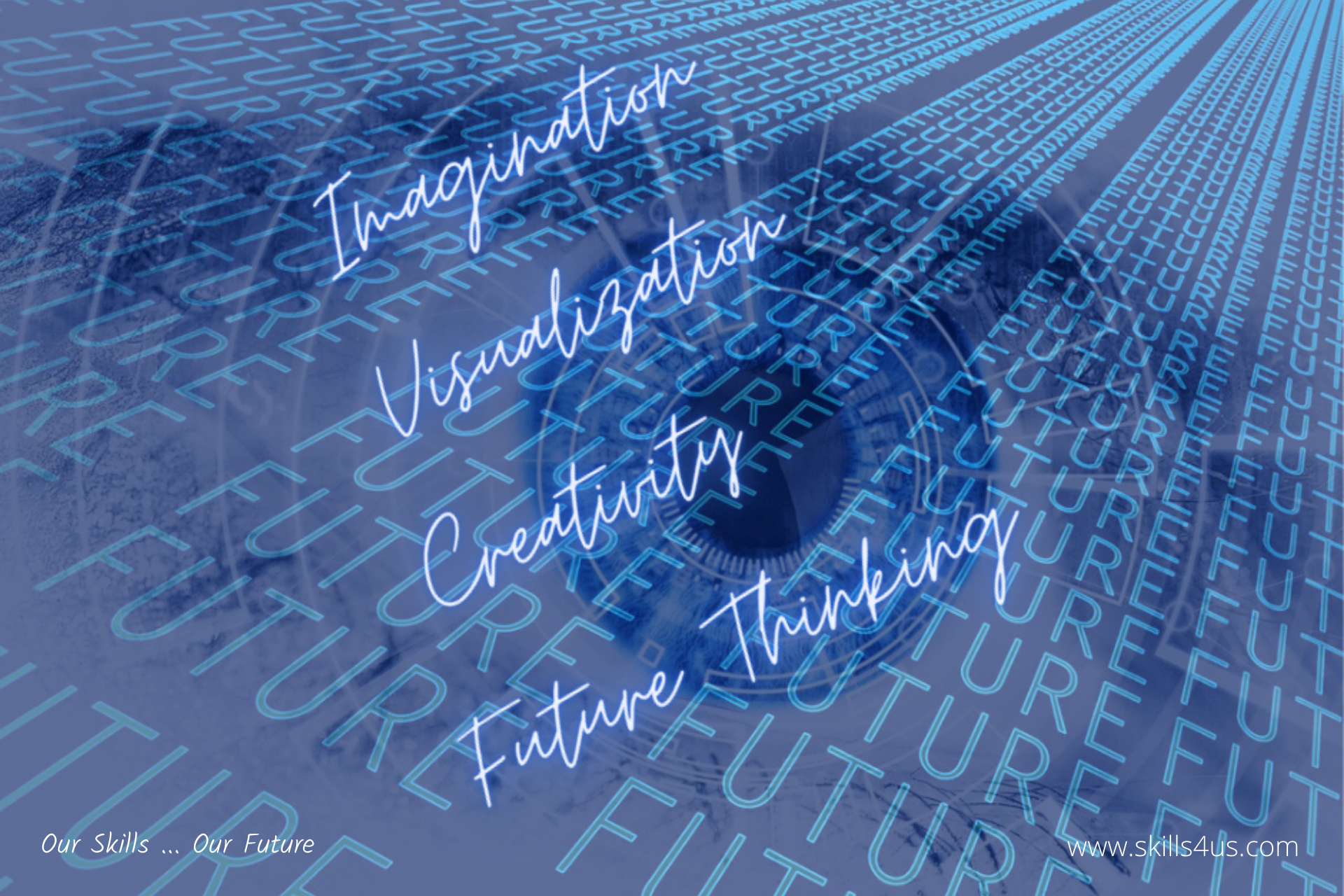
Mastering The Art Of Imagination And Visualization Enhances The Creative Thinking Process In The Future Foresight Projects
Future foresight aims primarily to draw a clear picture of the future through a specific scientific methodology that reveals what could happen in the future. Based on the realities of the present in which we live. Not only that, but it goes beyond finding new and creative relationships, which requires unleashing imagination and minds to develop visions for the future. Therefore, the common factor between future foresight and strategic thinking.
The desire to know the future is an innate need. Understanding the challenges and investing in the opportunities of our changing era considers awareness of the future foresight of the fundamental pillars of the success industry, whether at the level of individuals, organizations, or societies. At the same time, achieving success requires a clear vision of the future’s parameters.
Imagination and Creativity
The ability to imagine is a gift from God, and it has given us a mind to imagine things that weren’t there before. He also expanded the limits of our knowledge and horizons because there is no existence without imagination.
Owed man with the ability to imagine gave him a mind to imagine things that did not exist before. And expanded the limits of his knowledge and horizons because there is no existence without imagination.
Imagine and visualize what does not exist and provide him with a mind that can imagine things that did not exist before. While expanding the limits of his knowledge and extending his horizons, for there is no existence without imagination.
It is easy for every person to imagine and visualize the things around him. In contrast, we practice visualizing several times a day. There is a difference between an imaginative person who goes far and a realistic person who does not. When we have a productive and creative imagination, the creative imagination leads us to solve many questions about the future.
Imagination is one of the characteristics of a creative person who does not restrain his mind and thinking.
It is one of the higher thinking activities, and it has played a significant role in making scientific discoveries:
The immagination is the companion to creativity and the base on which it rests. There is no creativity without imagination. As well creative ideas are born and mature when embraced by a sea of imagination that refines, decorates, and develops them. Also suggests to the creator how he can take for his idea to see the light and come down to the ground of reality.
The immagination is a constructive process in which past experiences and images stored in long-term memory are integrated with the individual’s current stimuli and future expectations to develop a new and innovative idea
Exploring the Future
Words are the medium that we know and use primarily. We write proposals that produce reports, and even our presentations are full of numbers and text. We also love numbers. They are compelling evidence of measurable trends, current situation indicators, or change over a while. Facts and data about the future are not available, despite the value of trend indicators. And when we explore it, we must use our imagination and see things that are not there now but will come true later. It is clear that we only see with words and numbers. Pictures also help us see. Good practice of the visualization toolkit is a massive advantage in foresight projects and trend research. Here is how imagination can enhance the creative thinking process in future foresight projects:
1.Speeds up the thinking process
Many foresight projects deal with very complex problems and abstract concepts. And challenging issues that cannot be reformulated into simple questions or understood by a single reasoning model. For example, scientific discussion about the relationship between water, food, and energy can keep thought processes limited to scientific understanding and scientific solutions. At the same time, imagination allows other elements to be brought into the discussion, especially if the words have not crystallized the thinking. Also, ideas that emerge in a group conversation can be fragile and not yet fully defined. But the first picture of what people see and imagine in their heads can help carry the conversation along. The picture:
- Speaks and expresses more than a thousand words.
- Innovate new patterns as the basis for stories
- Motivate to think outside the box
- Lets create and recreate new stories.
2. Opens sensory ways that go beyond our analytical thinking
Especially when addressing complex and interrelated challenges, “normal” text-based inference is insufficient. When imagining thought processes, our creative senses are activated, and different brain parts are involved. This associative, empirical, and embodied reasoning helps us understand elements of future stories, which lie outside the realm of our analytical, logical brain. Imagining the future will also make people better understand what it means to live in it and know the consequences of making a decision today.
3. Makes the future tangible and real
Even a paper model of a future product enables the group to communicate about things that don’t exist. By the time you can see and touch it, people start believing in a product and talking about it. For example, how they will use it, like or dislike it. The same applies to future cityscapes or new societal concepts. Seeing what it looks like is the start of a conversation about the impact of these new things and how they apply to what we know about how things work. The model or presentation prompts people to reinterpret what they learn immediately and see the effect of new stuff in old or old things in a new mold. Also, these can be considered as artifacts to practice on for the future.
4. Builds an integrated framework that combines pictures, numbers, and words
Combining information from different methods creates a richer framework for the future. It also allows a conversation involving different people, triggered by images, quantitative cues, and others through a logically composed story. This interaction between people with different thinking, backgrounds, and education can unlock new insights into the solutions from these future frameworks. The unique advantage of creating integrated frameworks is that they facilitate settings where a mixed group of people feels confident in their ability to participate in the conversation.
Foresight practitioners who master imagination as part of their toolbox will find that imagination can speed up the thinking process and help see the impact of new technologies or societal developments. Learning the Imagination Toolkit enables you to understand how to tap into people’s creativity and unleash this potential in them.



